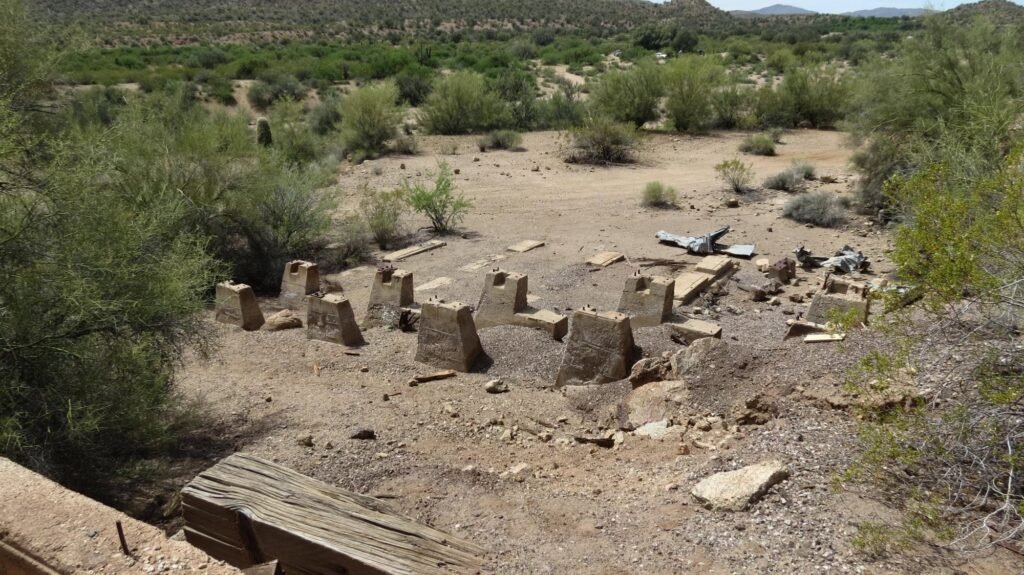Nestled on the banks of the Big Sandy River in Mohave County, Signal, a ghost town, whispers tales of a bustling mining center that thrived from the 1870s to the 1930s.






The town’s existence was intertwined with silver and gold mining, notably the McCracken mines that opened in 1874. Signal grew rapidly, reaching its peak population of around 800 during its heyday. Despite its isolation, the town boasted 5 stores, 3 restaurants, 13 saloons, and even its own brewery.
The challenges were evident – getting freight to this remote location was no easy feat. Shop owners had to predict their needs months in advance. By 1932, the town was mostly abandoned, leaving behind scattered ruins of mine equipment and adobe remnants. Yet, the historical site remains well-preserved, thanks to its remote location.
Today, little remains of the original mines and mills, but the ruins stand as a testament to Signal’s vibrant past. The intact town cemetery serves as a poignant reminder of the lives that once thrived in this isolated community. A part-time caretaker oversees the preservation of this historical gem on Bureau of Land Management land.
While Signal itself is a ghost town, the surrounding area isn’t entirely uninhabited. Farms, houses, and the unincorporated area of Signal continue to dot the landscape, keeping a connection to the past alive. Explore with us as we uncover the echoes of Signal’s mining legacy.
